
Experimental House Même in Hokkaido by Kengo Kuma
The translucent house on the Japanese island of Hokkaidō explores the possibilities of architecture in freezing climatic conditions. Architect Kengo Kuma was inspired by the traditional architecture of the indigenous Inuit, whose 'Chise' (earth house) are covered with reeds or bamboo, keeping the space around the central fireplace warm while remaining far enough away to prevent ignition. The fundamental idea of 'Chise' is to keep the earth under the house warm and then gradually reclaim that warmth for room heating. The experimental house consists of a larch frame construction with a thick layer of insulating polyester placed between polycarbonate panels on the outside and fiberglass fabric on the interior. The insulation used is made from recycled plastic bottles. The transparent material allows light to pass through the perimeter wall. Inside, there is no longer a need for additional lighting. One will have enough light in the morning upon waking. The translucent membrane helps residents synchronize their lifestyle with the cycle of nature. In the coming months, various factors influencing the thermal insulation quality of the materials will be explored. The internal insulation insert can be removed for experimental purposes, as can the sliding windows.
The project was created in collaboration with the laboratory of Tomonari Yashiro from the Institute of Industrial Science at the University of Tokyo.
The project was created in collaboration with the laboratory of Tomonari Yashiro from the Institute of Industrial Science at the University of Tokyo.
The English translation is powered by AI tool. Switch to Czech to view the original text source.
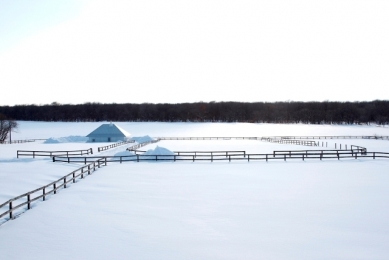
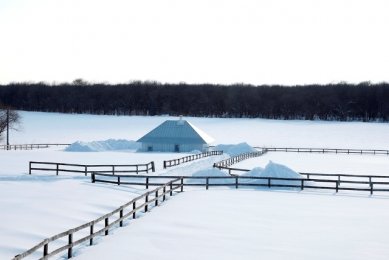


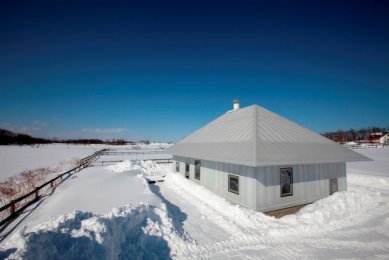
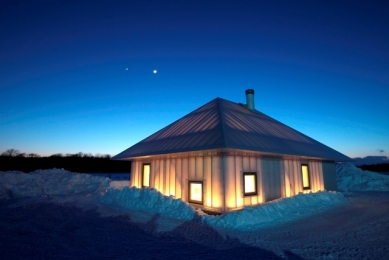
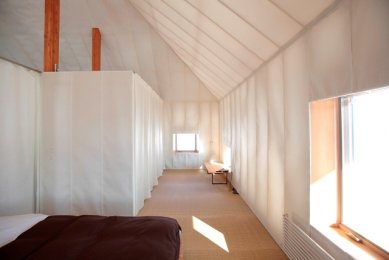
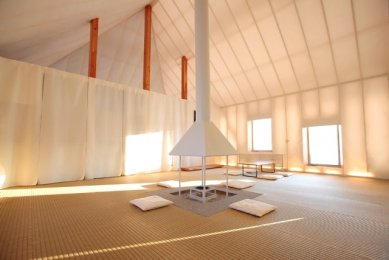
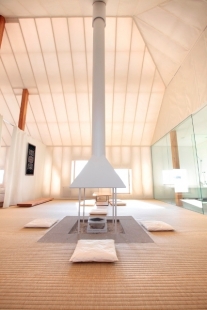
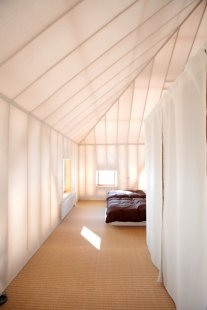
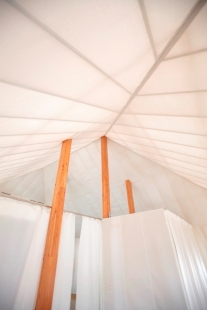
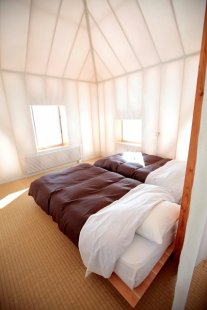
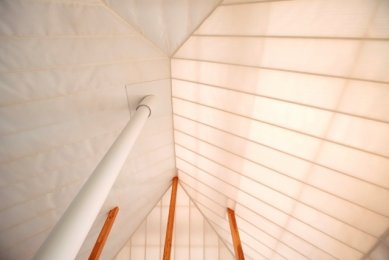
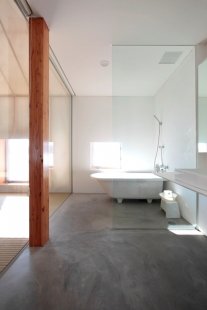
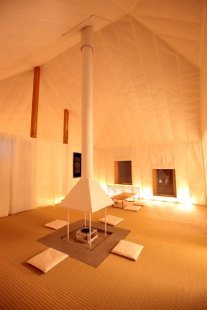
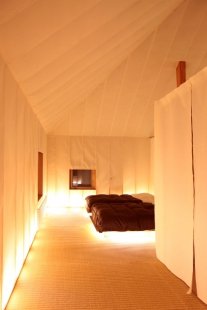
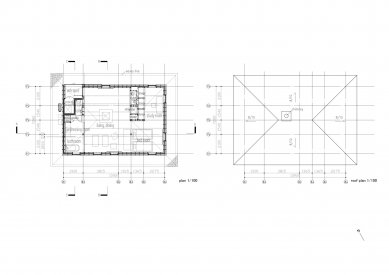
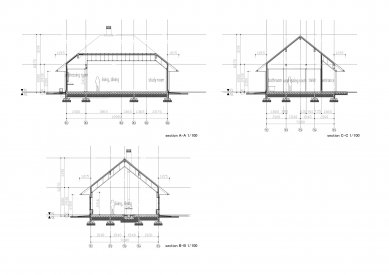
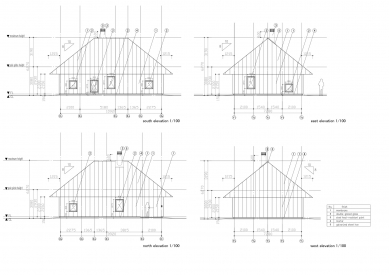
0 comments
add comment












